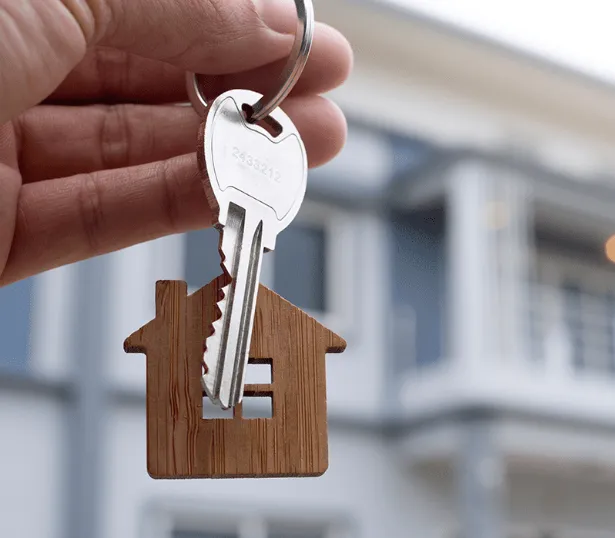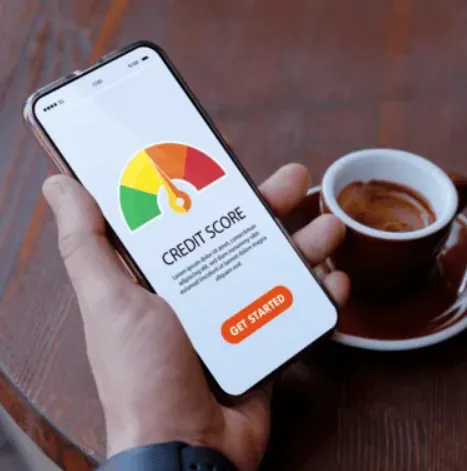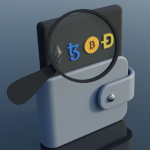As digital assets continue to gain in value, securing your cryptocurrencies has become a critical priority. Cold wallets, which store your crypto offline, provide a highly effective defense against online threats. However, when it comes time to withdraw or transfer your funds, the process can feel intimidating, especially for beginners. This guide will walk you through the steps needed to safely and securely transfer your cryptocurrency from a cold wallet, ensuring your assets remain protected.
What is a Cold Wallet?
A cold wallet is a type of cryptocurrency wallet designed to store private keys offline. Unlike hot wallets that are connected to the internet, cold wallets provide enhanced security by protecting your assets from online threats, such as hacking or phishing attacks.
Types of Cold Wallets:
- Hardware Wallets: Physical devices like Ledger or Trezor that securely store private keys.
- Paper Wallets: A physical printout or handwritten note of your private and public keys.
- Air-Gapped Wallets: Offline computers or devices used to manage cryptocurrency securely.
Each type offers varying degrees of protection, but all focus on securing your crypto assets against digital threats.
Why Withdraw Cryptocurrency from a Cold Wallet?
Cold wallets are perfect for long-term storage, but there are occasions when you’ll need to access your funds:
- Trading or Investing: Moving funds to an exchange for trading.
- Payments or Transfers: Sending cryptocurrency to someone else or another wallet.
- Accessing Liquidity: Converting your crypto into fiat money.
To accomplish these tasks, knowing how to safely transfer crypto from a cold wallet is essential to ensure your funds aren’t lost or compromised.
Step-by-Step Guide to Transferring and Withdrawing Cryptocurrency
1. Prepare Your Tools
Before starting, gather everything you need:
- Your cold wallet (hardware wallet, paper wallet, or air-gapped device).
- Access to your private keys or recovery phrase.
- A secure device connected to the internet to broadcast the transaction.
- The recipient’s wallet address.
2. Connect Your Cold Wallet
If using a hardware wallet, connect it to your computer or mobile device via USB or Bluetooth (if applicable). Use the official software or app from the wallet manufacturer to manage your wallet.
For paper or air-gapped wallets, you’ll need a device to input your private keys or scan a QR code into a wallet app that signs transactions.
3. Open Your Wallet Interface
Launch the wallet app or software that connects to your cold wallet. Ensure the software is up to date and downloaded from a trusted source to avoid security risks.
4. Verify the Recipient Address
Double-check the recipient’s wallet address to avoid mistakes. Cryptocurrency transactions cannot be reversed, and sending funds to the wrong address can result in a permanent loss. Always copy the address directly from the recipient or scan their QR code for accuracy.
5. Enter the Transaction Details
Fill in the required transaction details:
- Recipient Address: The wallet address you’re sending funds to.
- Amount: The specific amount of cryptocurrency to transfer.
6. Sign the Transaction Offline
For cold wallets, the transaction is signed offline, which helps prevent exposure to online threats. Here’s the process:
- The unsigned transaction is sent to the cold wallet.
- The cold wallet signs the transaction with your private key.
- The signed transaction is sent back to your device for broadcasting to the blockchain.
This ensures your private key stays offline and remains secure throughout the process.
Best Practices for Secure Withdrawals
- Double-Check Addresses: Always verify the recipient address to prevent errors or fraud. Using copy-paste or QR scanning is safer than typing addresses manually.
- Use Trusted Software: Only use wallet software from official, reputable sources to avoid malicious third-party apps.
- Understand Fees: Be aware of the blockchain transaction fees to avoid unexpected costs.
- Avoid Public Wi-Fi: Never conduct transactions over unsecured or public Wi-Fi networks to avoid hacking risks.
- Keep Your Software Updated: Ensure your wallet’s firmware and software are regularly updated to protect against vulnerabilities.
Common Challenges and Troubleshooting
- Transaction Not Confirmed: If your transaction is delayed, check for network congestion. You may need to increase the transaction fee and rebroadcast the transaction.
- Lost Private Keys: Without your private keys or recovery phrase, you cannot access your cold wallet. Always keep backups in secure locations.
- Incorrect Address: Sending crypto to the wrong address typically cannot be undone. Always double-check addresses before confirming a transaction.
- Wallet Compatibility Issues: Make sure the recipient’s wallet is compatible with the cryptocurrency you’re sending.
Advantages of Cold Wallet Withdrawals
- Enhanced Security: Keeping your private keys offline makes it much harder for attackers to steal your funds during the transaction process.
- Complete Control: You maintain full control over your digital assets without relying on third parties.
- Transparency: Cold wallets allow you to review and verify transaction details before signing, ensuring you know exactly where your funds are going.
Conclusion
Withdrawing and transferring cryptocurrency from a cold wallet may seem daunting at first, but following the proper steps ensures that the process is secure and straightforward. By using trusted software, double-checking recipient addresses, and keeping your private keys safe, you can protect your digital assets while maintaining flexibility in accessing your funds.
Cold wallets offer the highest level of security for your cryptocurrency, and understanding how to safely manage withdrawals will give you greater confidence and control over your assets. By following the steps outlined in this guide, you can enjoy the peace of mind that comes with knowing your funds are both secure and accessible when needed.












